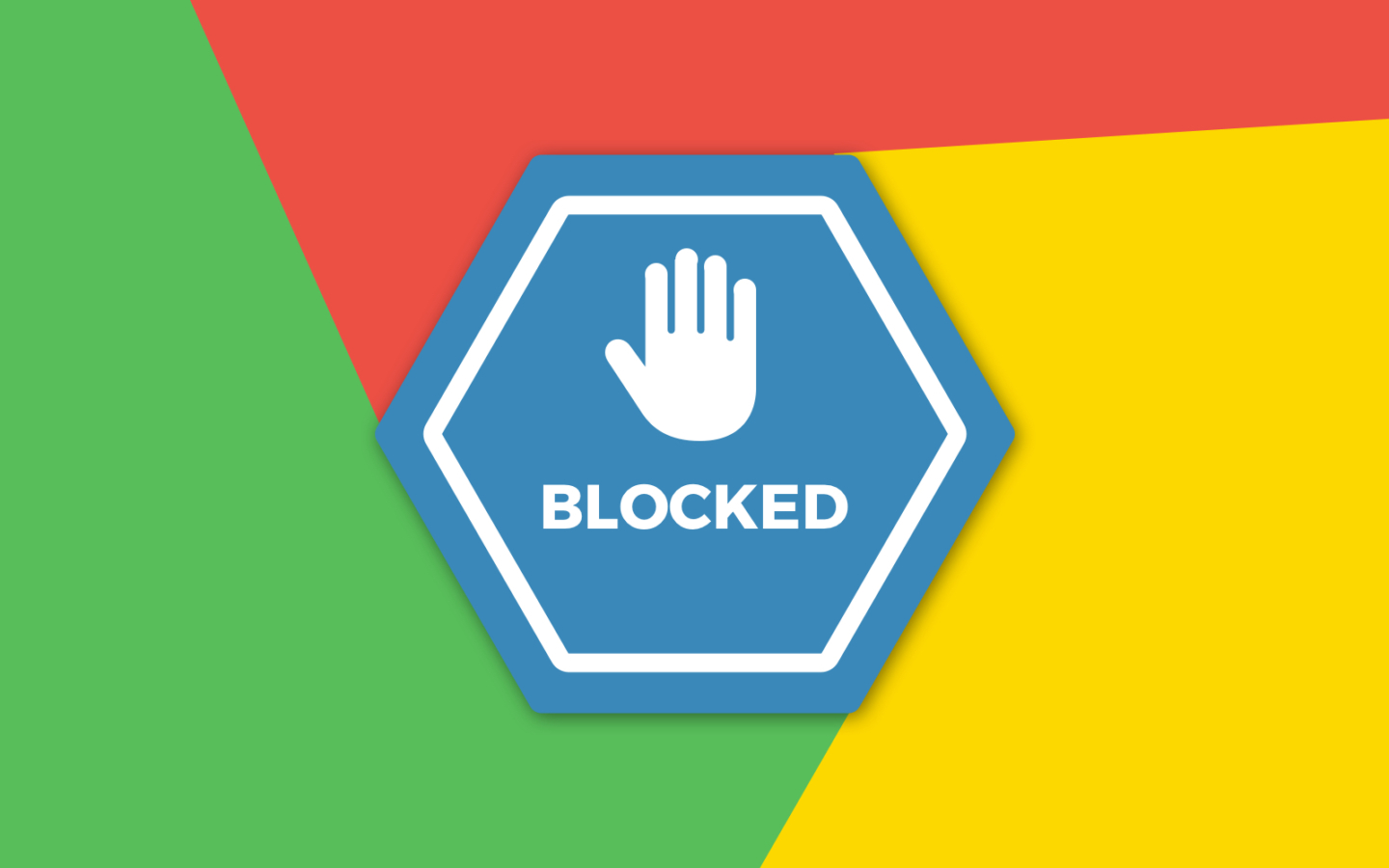By Felicia Nwosu
In its annual ad-filtering study, technology group, eyeo and its subsidiary Blockthrough, have given an overview of global ad filtering and ad-blocking trends and user insights.
The firm also predicted that publishers are estimated to lose $54 billion in ad revenue globally due to ad blocking in 2024, representing about 8% of total ad spend.
It also revealed that the number of users opting into Acceptable Ads, ad filtering, rose to 300 million in 2023, up 42% from 216 million in Q4 2021.
The estimation shows a strong indication that publishing professionals may likely experience as much as $116 billion, if ad-filtering tools give users the ability to only see non intrusive ads did not exist.
According to Mediapost, users are annoyed with clutter and intrusive online ads and are reclaiming control of their online experience.
The overall number of active ad-blocking users worldwide rose to 912 million in Q2 2023, compared with 11% in Q1 2022.
The data pointed out that since the last report, the research shows ad blocking on desktop rose after a long plateau, lifted by the move to work-from-home. Ad blocking on mobile crossed desktop by the end of Q2 2023 and is expected to continue its long-term growth trend into the future.
Following the analysis, there is also an evidence that indicated that artificial intelligence (AI) and machine learning (ML) models are revolutionizing ad-filtering, making it more sustainable and scalable.
Not all ad-filtering users are averse to advertising. Some 58% of ad-filtering users are open or neutral to seeing non-intrusive ads, but only 20% express a strong dislike for all ads.
Of those 58% who are open or neutral to seeing some non-intrusive ads, 78% were open to seeing ads if the ads are relevant to the content being viewed. Some 64% are open to seeing ads if they are specifically targeted to the viewer’s interests.
Noting the processes used to determine ad-blocking rates, eyeo said its study used anonymized, aggregate traffic data collected by Blockthrough from domains, while geographic locations came from truncated and anonymized IP addresses, while categorizing website content obtained via a third-party vendor used just for web analytics.
Narrating further, Jan Wittek, CRO at eyeo, mentioned YouTube’s recent move to crackdown on ad-blocker users by showing those consumers an anti-ad-blocking wall when they try to watch YouTube content. He admitted to the company seeing some uninstalls.
“People use ad filtering and ad-blocking software not only to block ads, but also to access content in a non-intrusive way,” he said.
“They use it to stay in control, to have options and to have convenience. On the other hand, they understand that content creators and publishers need to get paid.”
Wittek said it is a fair balance that users embrace and all that chatter actually drives some, who weren’t using ad blockers before, to install ad-blocking and ad-filtering software.
“We hope for a middle ground that balances the needs of the user along with the need for publishers and creators to get paid for their content.”







Comment
No comments found.